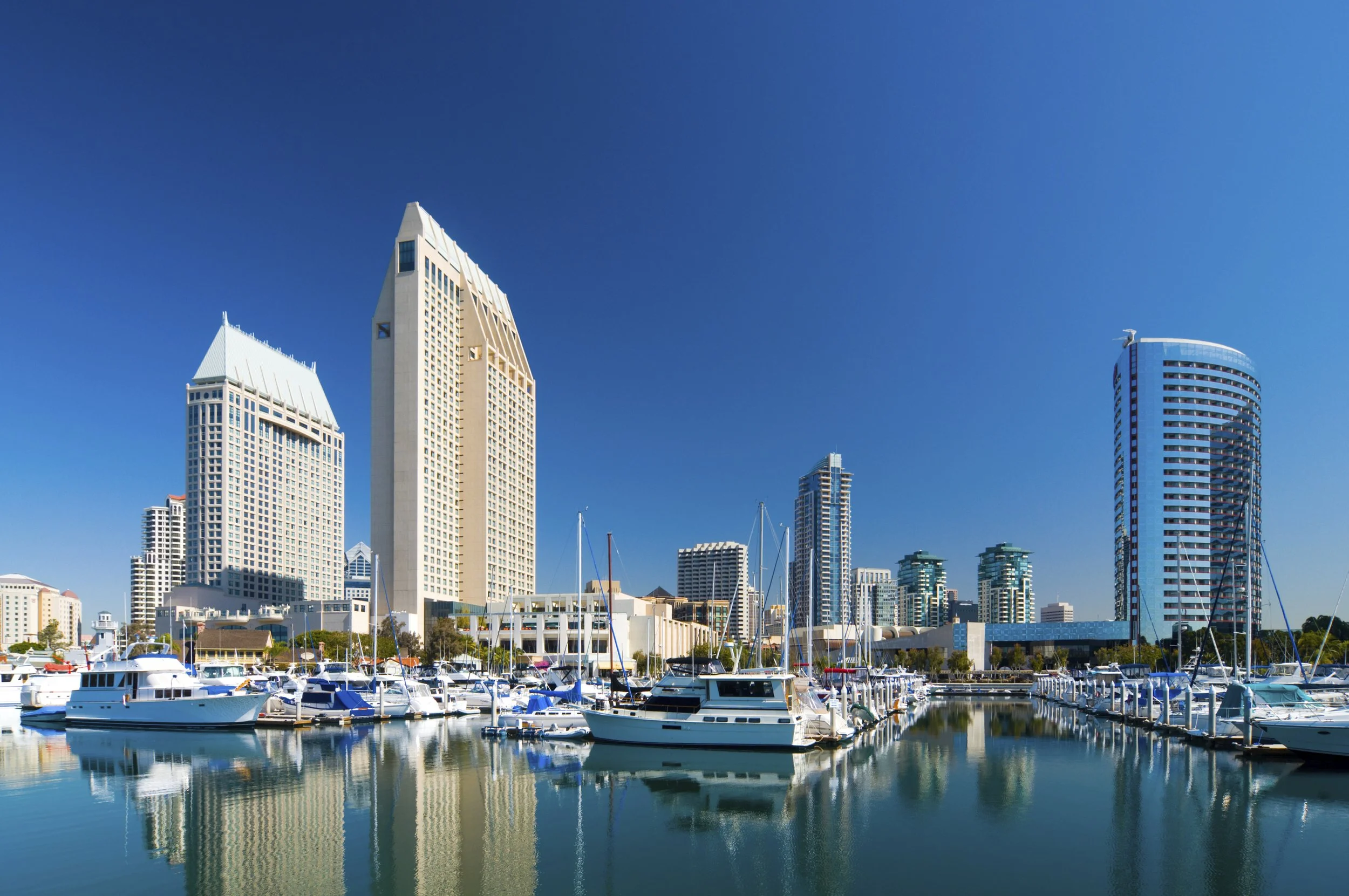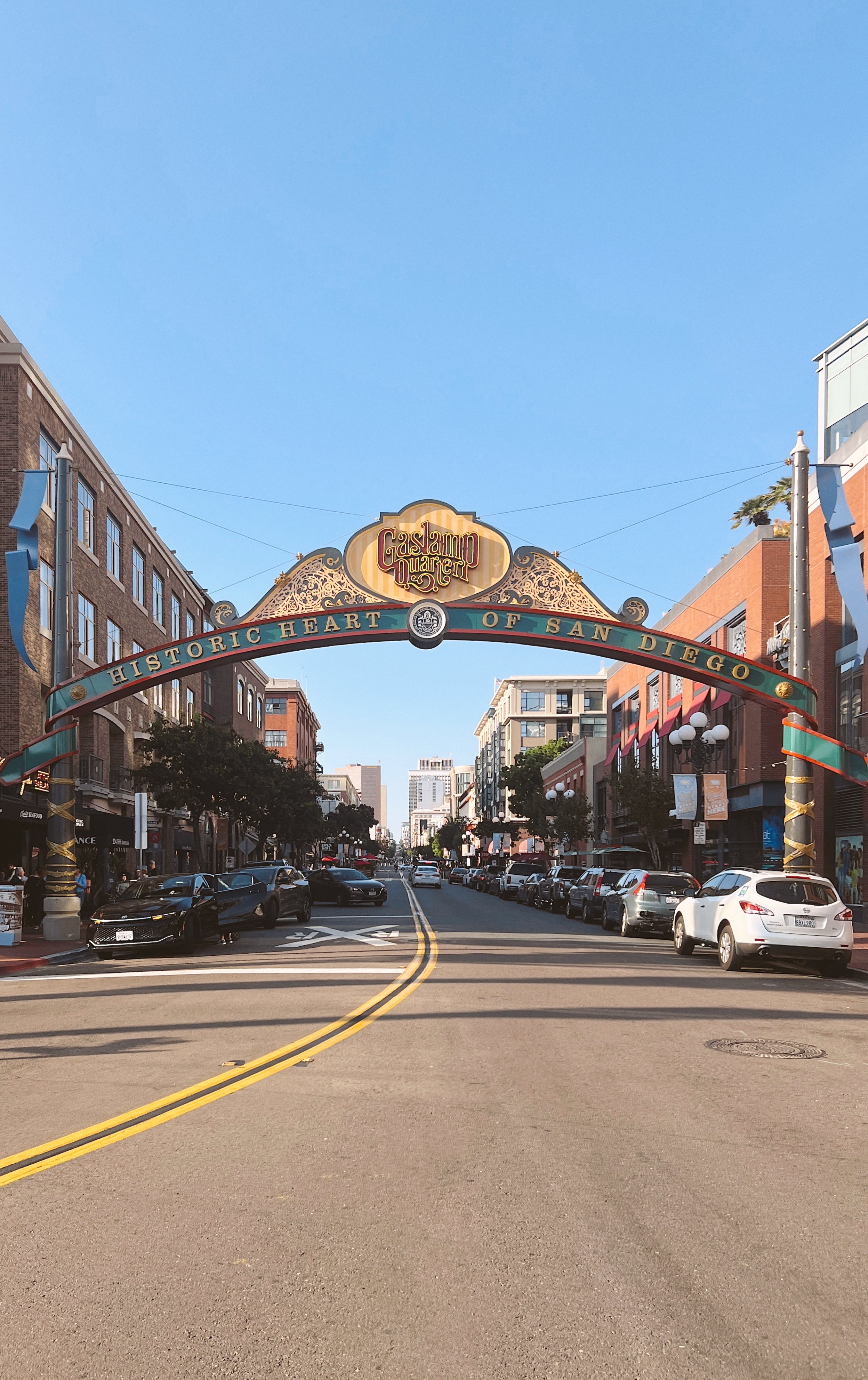Los Angeles is a prime market for commercial real estate investment, offering numerous opportunities for new investors. At The Ocean Company, we specialize in helping clients navigate the complexities of commercial real estate in LA. This guide will provide you with essential tips and insights to get started.
Why Invest in Los Angeles Commercial Real Estate?
Los Angeles is one of the most dynamic and diverse real estate markets in the world. Here are some compelling reasons to invest:
Strong Economic Fundamentals
Diverse Economy: LA's economy is supported by a wide range of industries, from entertainment to technology.
Population Growth: Continuous population growth drives demand for commercial spaces.
Global City: As a global city, LA attracts businesses and investors from around the world.
High Demand for Commercial Spaces
The high demand for commercial spaces in key areas like Downtown LA and Santa Monica ensures steady rental income and potential for property appreciation.
Types of Commercial Real Estate Investments
1. Office Buildings
Office spaces in business hubs like Downtown LA are always in high demand.
2. Retail Spaces
Retail properties in areas like Beverly Hills and Santa Monica offer high visibility and foot traffic.
3. Industrial Properties
Industrial properties in locations like the South Bay are crucial for logistics and manufacturing businesses.
Key Considerations for New Investors
Investing in commercial real estate requires careful planning and due diligence. Here are some key considerations:
Location
Choose locations with high demand and potential for growth. Research local market trends and future developments.
Property Condition
Inspect the property thoroughly to identify any potential issues or required renovations.
Financing
Secure financing options that offer favorable terms. Consider working with local banks or financial institutions familiar with the LA market.
Legal Aspects
Ensure all legal aspects are covered, including zoning laws, property taxes, and lease agreements.
Working with a Commercial Real Estate Broker
A commercial real estate broker can provide invaluable assistance in navigating the investment process. Here’s how The Ocean Company can help:
Market Analysis
We provide detailed market analysis to help you make informed investment decisions.
Property Search
We assist in finding properties that meet your investment criteria and goals.
Negotiation
Our experts negotiate the best purchase terms on your behalf, ensuring a profitable investment.
Closing the Deal
We guide you through the closing process, ensuring all legal and financial aspects are handled smoothly.
Conclusion
Investing in Los Angeles commercial real estate offers tremendous opportunities for new investors. By understanding the market and working with experienced professionals like The Ocean Company, you can maximize your investment potential.
Ready to invest in Los Angeles commercial real estate? Contact The Ocean Company today and let’s start building your investment portfolio!















